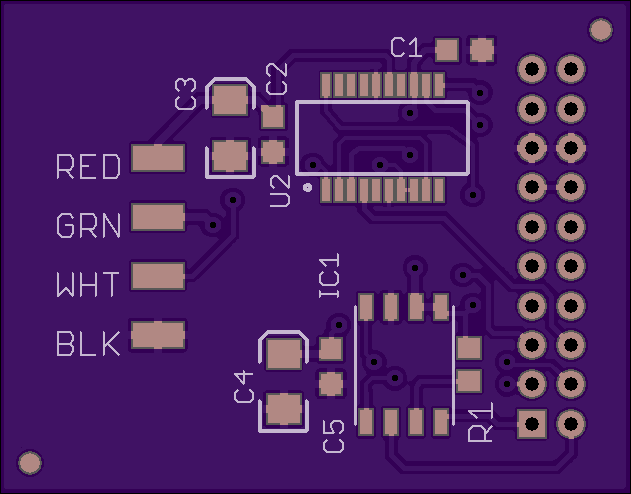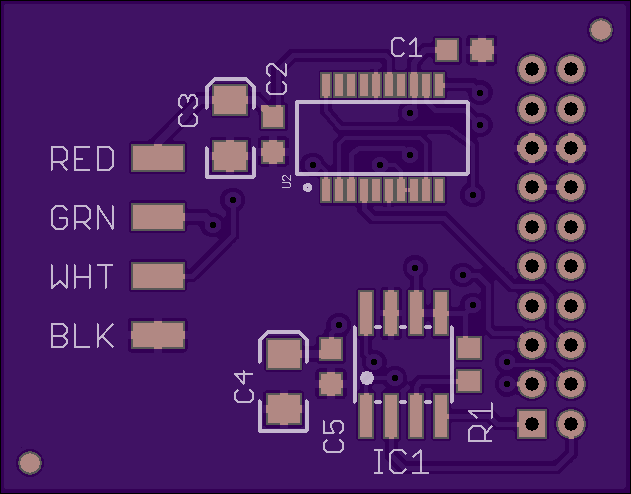From the day that I started building these loggers, back in 2011, I have hand soldered every single one of them. Whilst I do not find this particularly hard to do it is now proving more time consuming since I have added more components to the board to bring it in line with the recommended design from FTDI. to improve the assembly time I made the decision to use solder paste and a DIY reflow process.
For those of you not familiar with reflow soldering a good introduction can be found on the
sparkfun website
I have, in the past, worked for a reasonably large PCB assembly company, and so I am familiar with the processes involved, so this wasn't all new to me. I didn't feel the need to go down the route of buying a reflow oven, but also wasn't keen on converting a toaster oven. I have used my hot air rework station, but often found that the smaller components are displaced. So I settled on using a hotplate.
I bought my stencil from
OSHStencils. The prices are very reasonable, the quality is excellent and the delivery is quick. You have the option of ordering a support frame (cut acrylic) and can select the border size around your design. Simply upload the paste layer from an eagle design, follow the design wizard, and receive your stencil in a short time.
 |
| Logger board held in support frame with stencil raised. |
With the stencil aligned with the pads of the PCB I taped along the top edge to provide a hinge.
 |
| Stencil ready for solder paste. |
Using a squeegee the solder paste is applied to the board in a smooth single wipe, the stencil is carefully lifted away, and the frame lifted allowing the prepared board to removed.
 |
| Paste applied to the Bare PCB. |
The components are then added, taking care not to smudge the paste. The components do not require perfect placement at this time, surface tension of the solder will pull them into place
 |
| Components in place. |
Once all the components are placed the board is then placed on the hotplate. Using an infra-red thermometer I have identified a spot on the hot plate that sits around 220 degrees (C), this is hot enough to activate the flux and flow the solder paste in around 30 secs.
 |
| The completed board. |
Overall I am happy with the result. It has reduced my assembly time by around half. Occasionally the smaller components experience "tomb-stoning" where only one end of the component adheres to the board and is lifted, but this is easily rectified using the hot air rework station.
The final stage involves fitting the main connector and USB cable, with potting compound applied to finish off the whole assembly.















